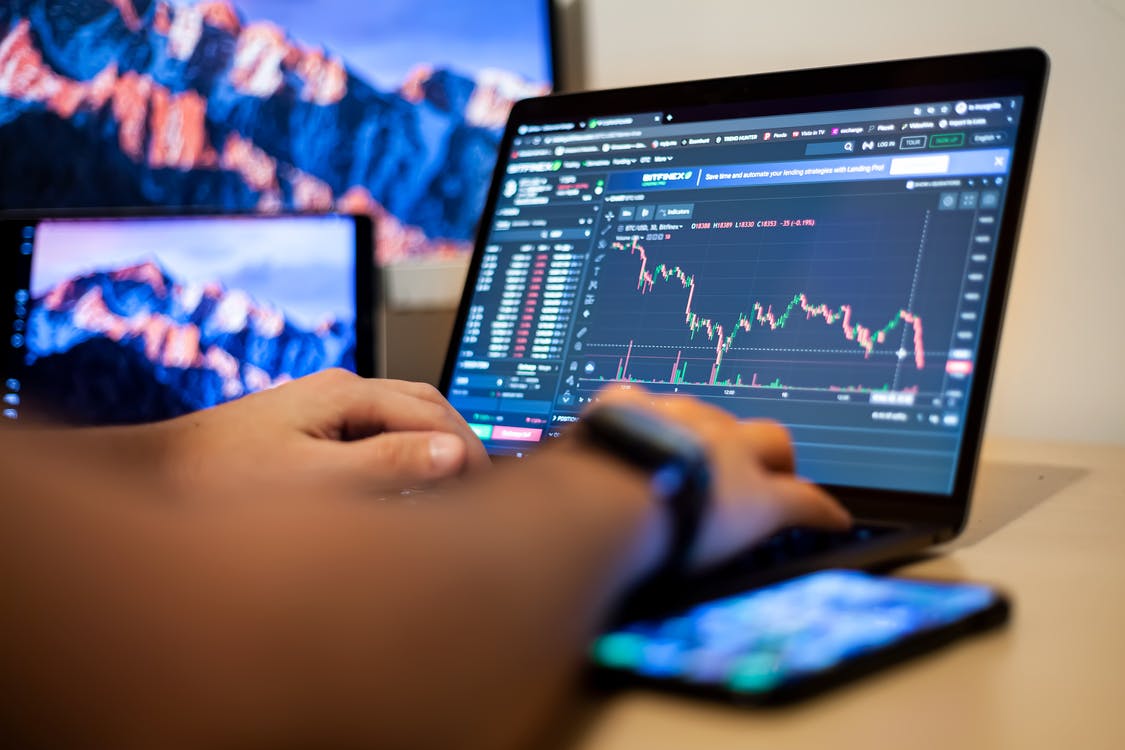
Forex trading has burgeoned into a significant component of the financial landscape, attracting both novice and seasoned traders. Central to this thriving forex market are the trading platforms provided by brokers, which serve as the conduit between traders and the global currency markets. From a broker’s perspective, offering a robust, intuitive, and feature-rich trading platform is not merely an added service but a fundamental pillar of their value proposition to clients. This blog explores the critical aspects of forex trading platforms in Singapore, shedding light on what brokers consider when developing and selecting platforms to meet the diverse needs of traders.
At the heart of a forex trading platform’s appeal is its user interface (UI) and user experience (UX). A well-designed platform ensures that traders can navigate the complexities of forex trading with ease and efficiency. A forex broker understands that a platform’s usability can significantly impact a trader’s decision-making process, reaction time, and overall trading experience. Hence, they invest in platforms that offer a clean, intuitive layout, easy access to market data, and seamless execution of trades. The goal is to reduce cognitive load, enabling traders to focus on strategy and market analysis.
Another aspect that brokers prioritize is the integration of advanced analytical tools within their platforms. In the fast-paced world of forex trading, having access to real-time charts, technical indicators, and analytical tools is indispensable. These features allow traders to perform in-depth market analysis, identify trends, and make informed decisions. Singapore’s brokers go a step further by incorporating customizable charting options, allowing traders to tailor their analytical environment according to their preferences and strategies.
The reliability and speed of a trading platform are also paramount. In the forex market, where currency values can fluctuate in milliseconds, the ability to execute trades swiftly and reliably can be the difference between profit and loss. Brokers, therefore, emphasize the importance of high-performance platforms that can handle high volumes of transactions without lag or downtime. They invest in state-of-the-art infrastructure to ensure that their platforms remain stable and responsive, even during peak trading hours or volatile market conditions.
Mobile trading capabilities have become increasingly important, reflecting the modern trader’s lifestyle and preference for on-the-go access. A forex broker recognizes this shift and offer mobile versions of their platforms that replicate the desktop trading experience. These mobile platforms are designed for seamless navigation on smaller screens, with robust features that allow traders to analyze markets, execute trades, and manage their accounts from anywhere, at any time.
Security is a non-negotiable aspect of forex trading platforms. Given the sensitivity of financial data and the risks of cyber threats, brokers place a high premium on implementing advanced security measures. This includes data encryption, secure login processes, and multi-factor authentication. Brokers strive to create a secure trading environment where traders can focus on their trading activities without concerns over data breaches or unauthorized access to their accounts.
Lastly, brokers understand the importance of education and support. The best trading platforms are complemented by comprehensive educational resources, such as tutorials, webinars, and articles, that cater to traders at all levels of expertise. Additionally, responsive customer support ensures that traders can receive timely assistance and answers to their queries. This holistic approach to platform development reflects brokers’ commitment to empowering traders to succeed in the forex market.
From a broker’s perspective, forex trading platforms in Singapore are more than just tools for executing trades; they are comprehensive ecosystems designed to enhance the trading experience. By focusing on usability, analytical tools, reliability, mobile access, security, and support, brokers aim to provide traders with platforms that not only meet their trading needs but also contribute to their growth and success in the forex market. As the forex trading landscape continues to evolve, so too will the features and capabilities of these platforms, driven by brokers’ dedication to innovation and their clients’ success.